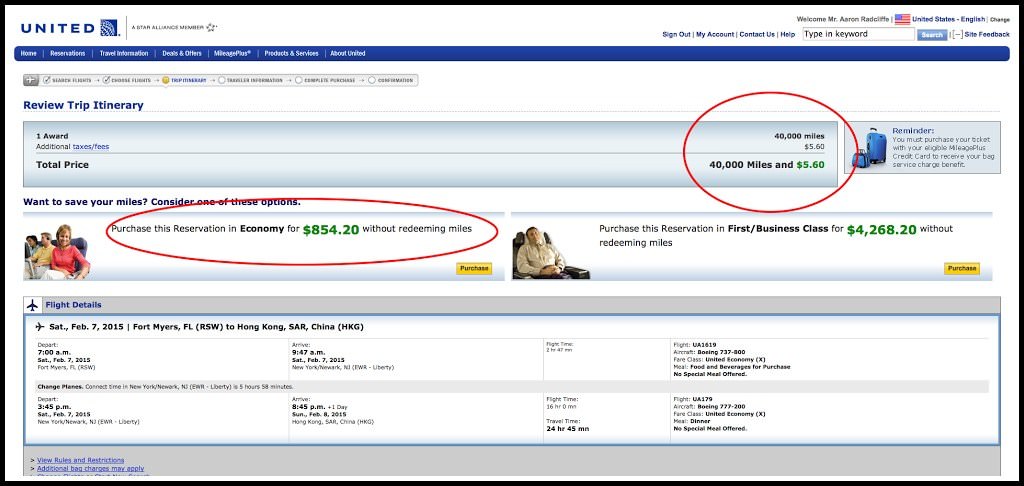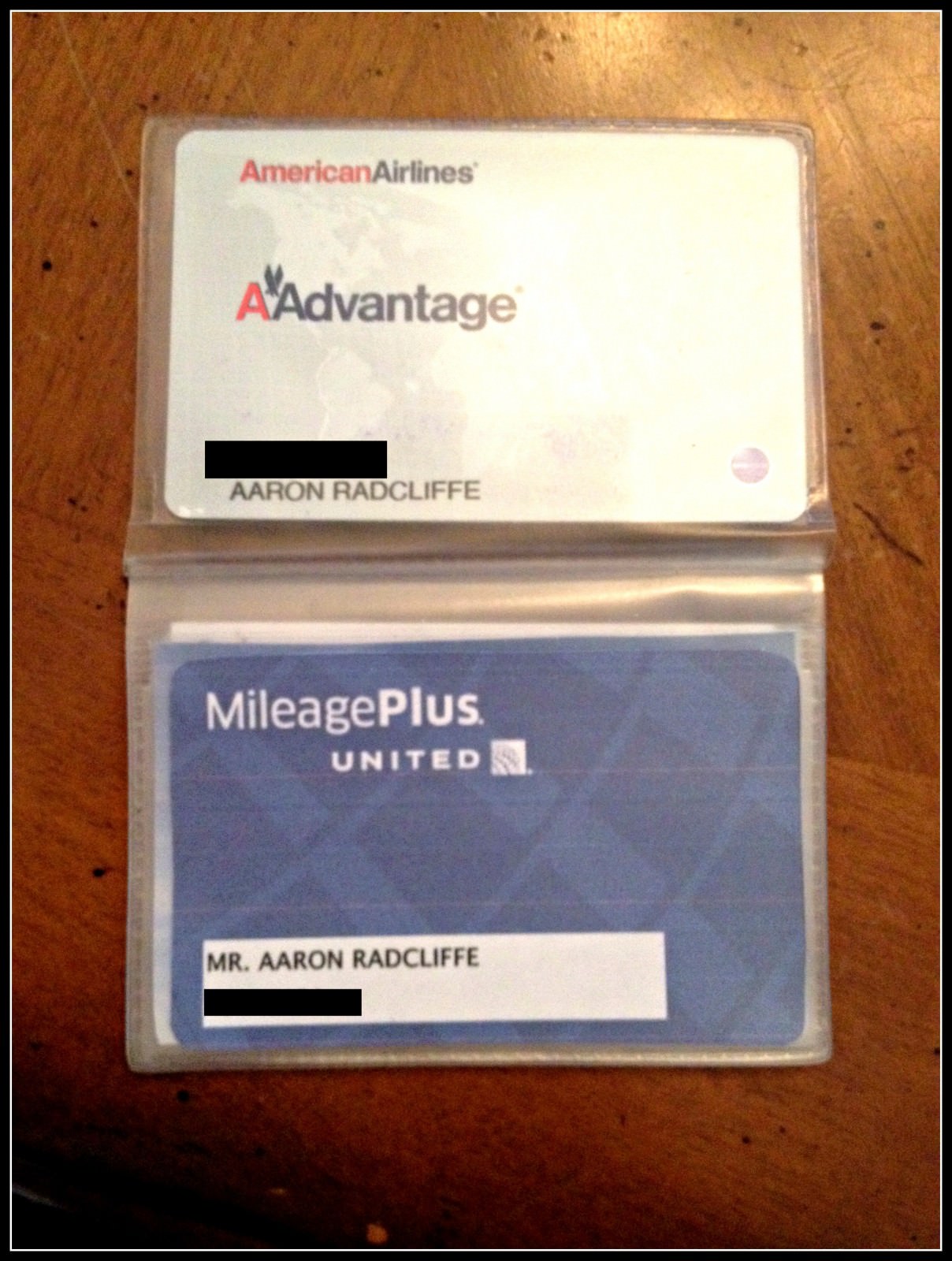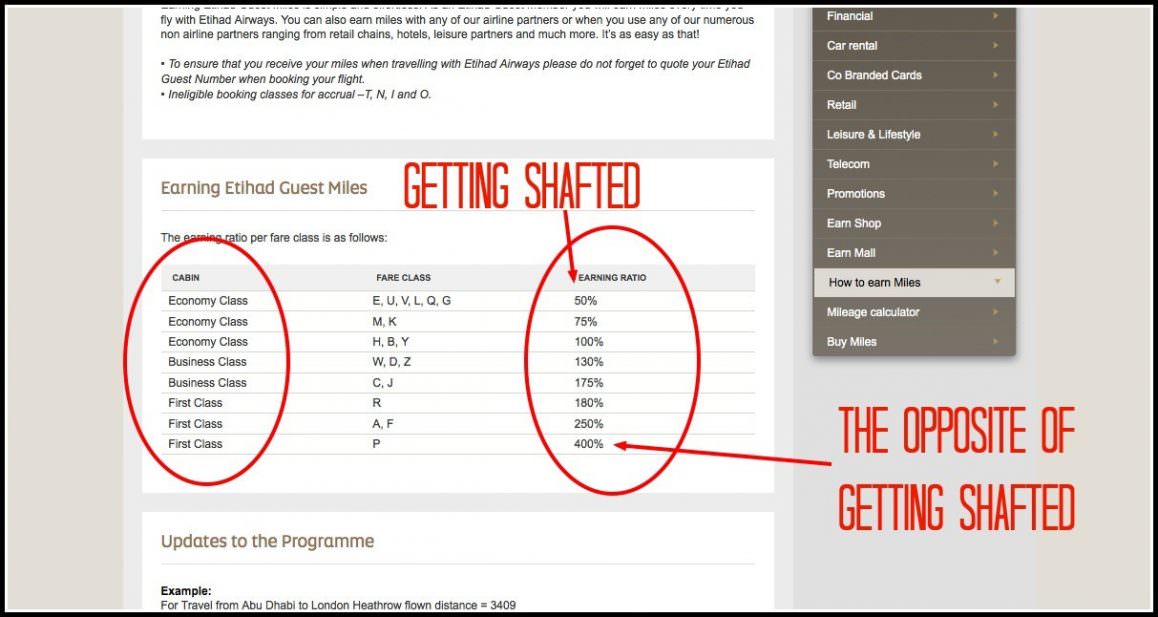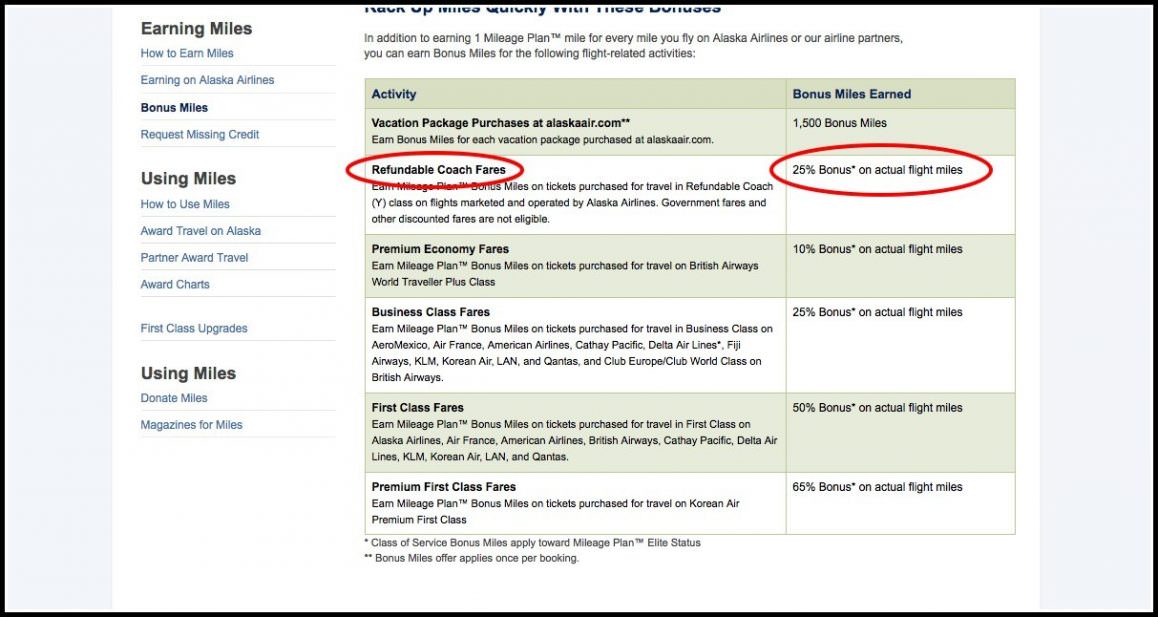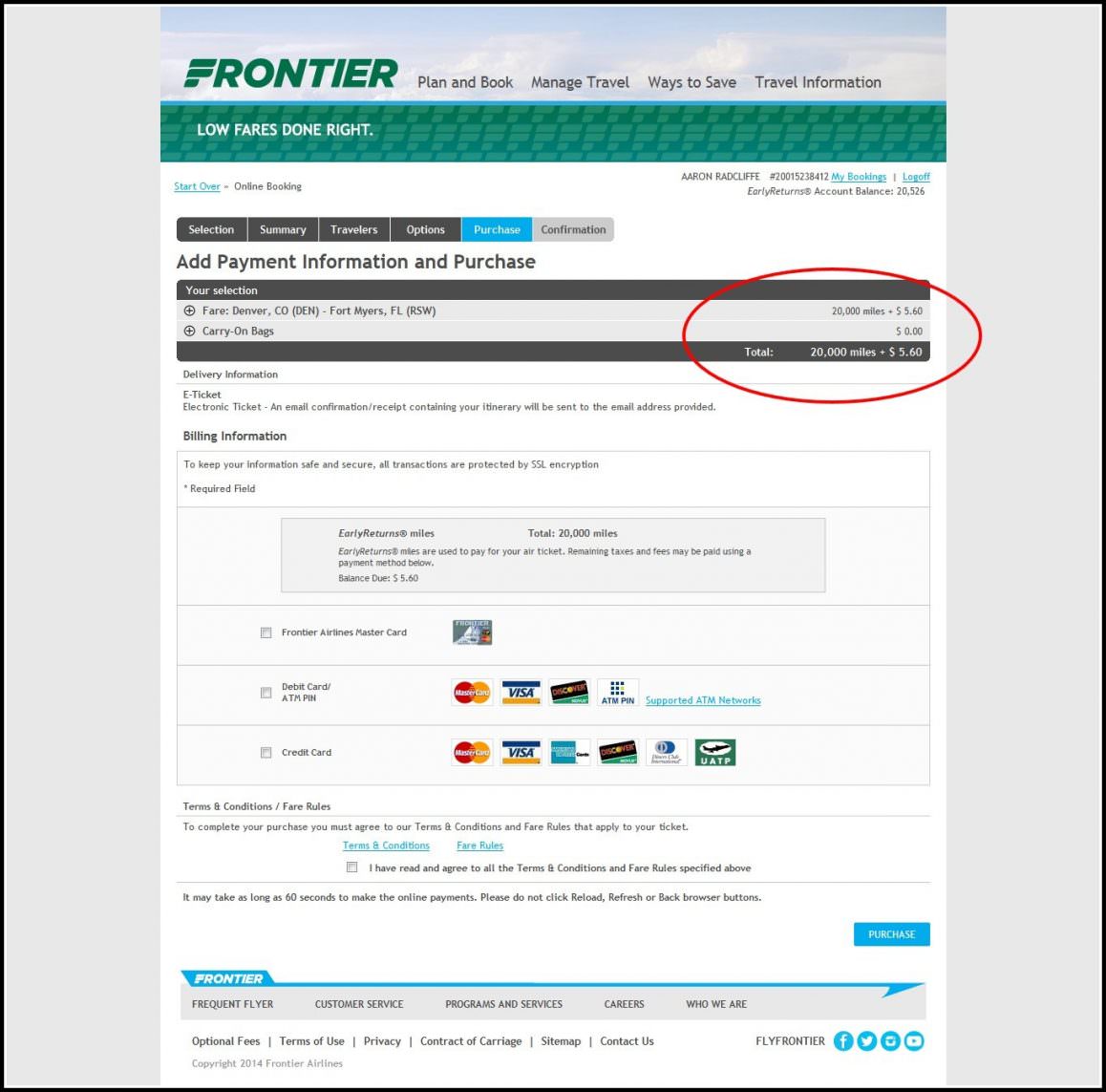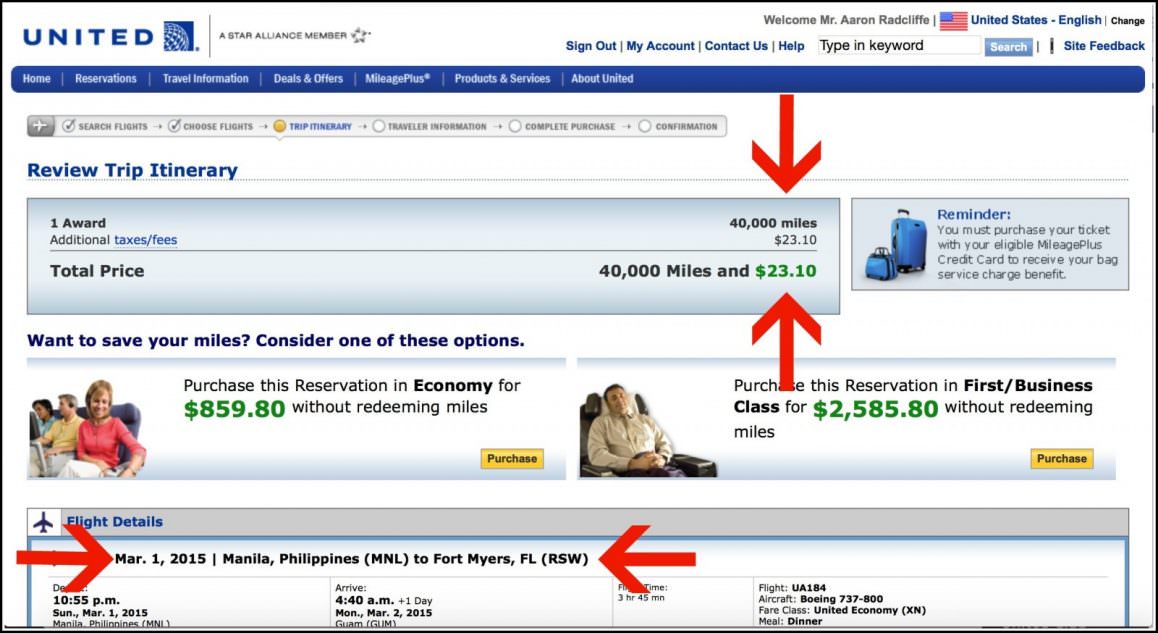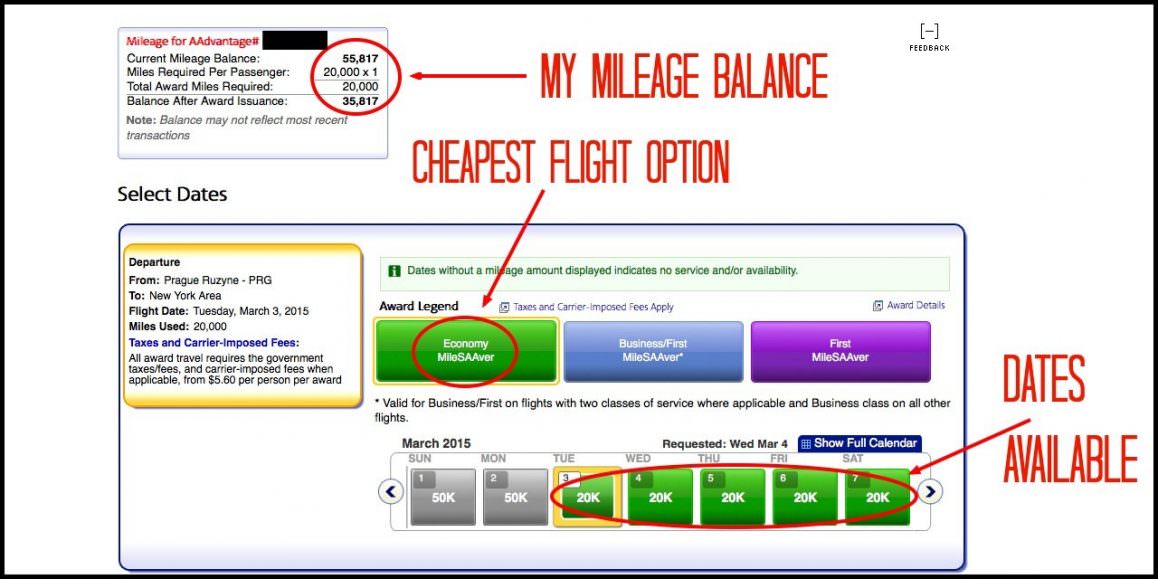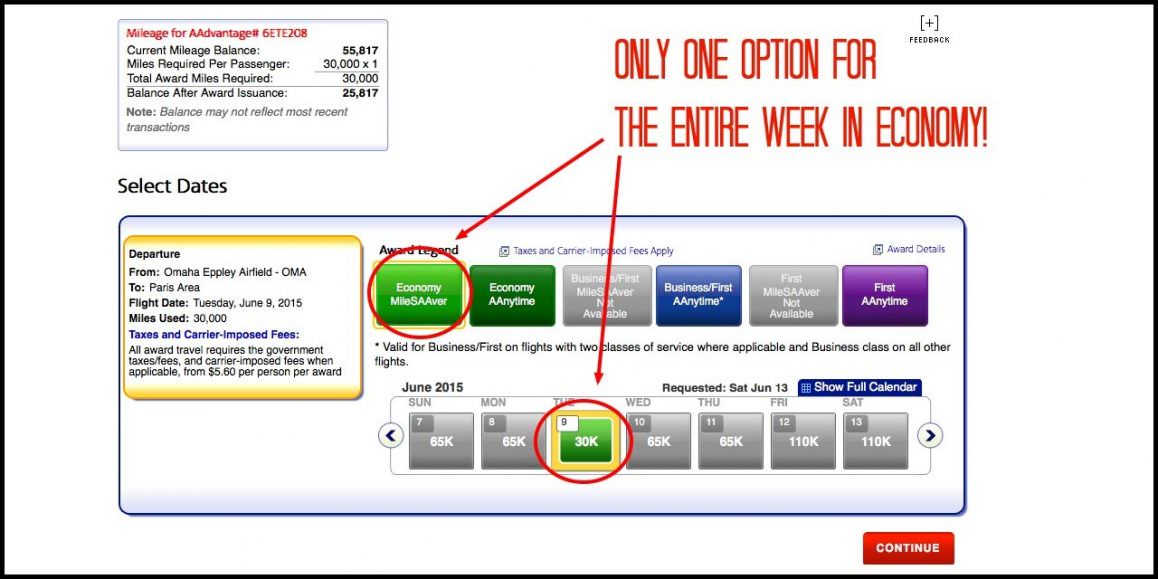Frequent Flyer Miles 101
Welcome to Frequent Flier Miles 101.
I want to start this off with a bang, and if you are new to the topic, I think this will do the trick. On February 15th 2015, I flew one way from Fort Myers, Florida to Hong Kong, China. The flight, through United Airlines, should have cost me $854.20…
But I only paid $5.60. Five dollars and sixty sense. Here is the proof.
This incident is not isolated.
I have saved thousands upon thousands of dollars since 2013 using travel points and frequent flier miles to travel the world with.
This knowledge is not esoteric. This NomadsNation Official Guide – Frequent Flyer Miles 101 is one of the best and most thorough on the web, and will train you to be a travel hacking extraordinaire. Anyone can do this, and anyone who wants to travel needs to give their undivided attention. Flying is easily the greatest financial burden of traveling, and understanding how miles work will give you an edge in your money saving quests.
Intro
The name of this page is Frequent Flyer Miles 101, and it will be treated accordingly. This is going to be a thorough, yet easy to understand introduction to the world of frequent flyer miles (which from this point on will be referred to as FFM).
Since January of 2013 I have earned nearly half a million points and miles that contribute to my free travels around the world.
Redeeming points and miles has saved me thousands of dollars on airfare, most of which is for international travel.
There are many facets to this game, but I am going to go over the most important ones that you need to know to get you started. Strap in.
What are FFM
If you are looking for an introduction into what FFM actually are, then check out this link here. This page goes over the 101 of points and miles, explaining the similarities, outlining differences and giving you a basic education as to what they are and why they are so valuable to the Modern Traveler. Points and miles are terms that will be used interchangeably throughout this page and most of the site.
Otherwise, this part of the site will go over frequent flier miles, what they are, and eventually, how to use them. Covered here is the basic how to’s explained in a simple, easy to understand, step by step manner. Also, I’ll show specific examples from my experiences filled with plenty of pictures, screenshots, and easy to process advice.
A Brief History Lesson
Obtaining FFM used to be a daunting task, or at least exclusive to affluent, savvy, road warriors traveling for business. Then, in the 1980’s, American Airlines changed the game when they introduced a basic Frequent Flier Program available to the public. It revolutionized the industry, as other airlines quickly followed suit. Now you ‘ll be hard-pressed to find any airline in the world that doesn’t offer some sort of program or way to entice customers to be repeating customers.
Signing Up
Is very easy. Most airlines have some sort of FFM program which will be free to sign up for. If you want to get involved in this game, visit all of the airlines relevant to your whereabouts, and sign up for a free account. For me, living in the States, I started with United, American Airlines, Delta, US Air, Southwest, and Frontier. When you sign up, they may send you a card, or give you the option to print out a card, which you can then organize in a nifty little wallet like I did (pictured below).
Note* Organizing mailed or printed out FFM cards into a nifty wallet like this accomplishes absolutely nothing, as keeping the username and password in a phone or written down somewhere are more than adequate means of organization. This way just makes me feel cool.
Once you are signed up you are good to go. You now have a frequent flier account. Think of it like a bank account. You can now earn and save money (miles) with the banks (airlines) you have opened accounts with.
Now, anytime you fly EVER, you be sure to provide your account information when purchasing the ticket. This will ensure that your travels are accounted for, and the miles you earn will be deposited into your account, which you can then use to eventually redeem for free travel. Also, if you are looking for flights (whether with cash or miles) directly on the airlines website, log in. The airlines will show preference and the best flight availability to those with a FFM account.
How to Earn Miles
So you want points and miles?
If so, hands down, no competition, the number one greatest way to accumulate and earn hundreds of thousands of miles and points is through travel credit cards and their incredibly large sign up bonuses. It’s not even a competition. But this is a beast of it’s own. If you are interested, information about how to effectively and responsibly use credit cards for free travel can be found here. Otherwise, I’ll highlight a few other ways to earn miles.
Back in the day, the only way to earn miles was to fly the miles, and to this day it is still a great way to rack up some free travel. Different airlines will award you different amount of miles for each flight you take. It’s not as black and white as you might believe, but it’s close. Flying from Rio to Capetown might not mean you will be immediately rewarded with the 4,270 miles distance between the two cities. It might. But it might not. There is fine print regarding whether the flight was a direct flight, a non-stop flight, or a connecting flight. I wouldn’t worry too much about this though.
Another interesting aspect to earning miles through actual flights, is regarding the class in which you fly. Most airlines will offer very lucrative mileage redemption for more expensive flights. Etihad Airways is a great example.
If you purchase the cheapest fare on Etihad Airways (Economy Class E, U, V, L, Q, G) you are only given credit for half of the miles you have flown. In contrast, if you purchase the most expensive fare (First Class P) you are able to redeem your miles with a 400% earning ratio. Now, this is an outrageous example because NomadsNation is dedicated to the budget traveler and a First Class flight on Etihad cost more than I’ve made all year. But it’s just to get the point across. Let’s look at something more economical.
Alaskan Airways has a much more realistic chart as to where we can obtain an extra 25% mileage by purchasing a refundable fare, something completely rational for the Modern Traveler. Honestly though, most times we will be searching for the cheapest flight possible, and will typically be rewarded with however many miles we fly. Don’t spend extra money on a flight you can’t afford just to get a mileage boost. For those of us on a budget, it not worth it in any way shape or form. Fly cheap, and be happy with whatever miles end up in your account (but also keep an eye on them because airlines have been known to short fliers on their miles).
Alliances… (And Why They are Awesome)
Over the years Airlines have been creating alliances with each other. This is awesome. Because of Airline Alliances, miles earned with certain airlines are transferable to their partners as well. Let’s consider United for this example.
Here is a list of United’s partners via their partnership, Star Alliance.
- Adria
- Adria Airways JP
- Aegean Airlines A3
- Air Canada AC
- Air China CA
- Air New Zealand NZ
- ANA NH
- Asiana Airlines OZ
- Austrian OS
- Avianca AV
- Brussels Airlines SN
- Copa Airlines CM
- Croatia Airlines OU
- EGYPTAIR MS
- Ethiopian Airlines ET
- EVA Air BR
- LOT Polish Airlines LO
- Lufthansa LH
- Scandinavian Airlines SK
- Shenzhen Airlines ZH
- Singapore Airlines SQ
- South African Airways SA
- SWISS LX
- TAM Airlines JJ
- TAP Portugal TP
- THAI TG
- Turkish Airlines TK
- United UA
- US Airways US
If you earn miles with United, you earn miles with every airline in their alliance. Yea, it’s a lot. A lot is good. What this means is that traveling has gotten much easier. Earning miles with one airline means you are earning miles with dozens of airlines, as their partnership honors each others’ reward systems.
The Star Alliance partnership spans the entire globe, and will get you to whatever destination in the world you so wish. It’s one of three major alliances, the other two being…
SkyTeam
- Aeroflot
- Aerolíneas Argentinas
- Aeromexico
- Air Europa
- Air France
- Alitalia
- China Airlines
- China Eastern
- China Southern
- Czech Airlines
- Delta Air Lines
- Garuda Indonesia
- Kenya Airways
- KLM
- Korean Air
- Middle East Airlines
- Saudia
- TAROM
- Vietnam Airlines
- Xiamen Airlines
And Oneworld…
- Air Berlin
- American Airlines
- British Airways
- Cathaway Pacific
- Finnair
- Iberia
- Japan Airlines
- LAN Airlines
- Malaysia Airlines
- Qantas
- Qatar Airways
- Royal Jordanian
- S7 Airlines
- SriLankan Airlines
- TAM Airlines
Between these three alliances you can fly anywhere in the world. Hence the immense value of miles.
Are the Flights Free?
Technically no. As you can see with the example at the top of the page, there are always some taxes and fees to be paid. The cheapest you’ll find is somewhere around the five dollar range, sometimes it will be hundreds of dollars. It just depends on the taxes the arriving country imposes on the airlines per passenger.
Above is a ticket I purchased from Denver, CO to Ft. Myers, Florida. I used 20,000 Frontier Miles, and paid taxes of (again) $5.60. I bought this flight last minute-ish during the holidays, without miles the flight would have cost me a couple hundred bucks.
This is another example, a ticket I got from Manila back to my home (at the time) in Fort Myers. The taxes for this particular ticket were a little higher at $23.10… but I didn’t complain considering the fact that the flight was originally $860.00.
So, no. Award Flights aren’t ever free… they are just pretty damn close.
Buying Miles
Is something you should never do. Ever. The only exception being if you are a few thousand miles short of redeeming a flight. In that case it is acceptable, but otherwise purchasing miles from airlines is a complete and blatant rip off. Don’t do it.
Expiration (And How to Beat it)
Miles expire. They do. It’s unfortunate, but they do. But! The miles usually expire over a long period (usually well over a year) of inactivity. It’s slightly confusing, as each airline will have their own unique policy regarding expiration of miles, so the second best thing to do is to contact each airline individually to ensure your miles are kept in good standing.
Th first best thing to do is a tie…
1A) AwardWallet AwardWallet is a must-have resource for anyone collecting, keeping and redeeming miles. It’s a universally acclaimed app that tracks nearly 60 billion miles, hotel and credit card points from users across the world. The app helps keep your miles and points organized by program, and also keeps your account information handy if need be. The downside to the app is that certain airlines (Delta, United) won’t let AwarWallet track your miles by synching accounts, so you have to do it manually. Regardless it is a free service, and a NomadsNation recommendation.
2B) Use Your Miles! I am a miles hoarder. I am. I love having them in the bank for future use, particularly for a dire or last-minute booking scenario. But the truth is, the best way to handle your miles, is to spend them, and quickly. Miles are a constantly devaluing currency. It is one of the unfortunate aspects to this game. Without fail, every few years, airlines issue new rules on their FFM, which typically result in devaluing the awesome-ness of miles. It’s a slow process, and their value will never be completely gone, but every year it diminishes slightly.
The way to beat this? Use your miles now! Using your miles quickly ensures you are using them at the peak of their value, and also puts to rest any fears of the miles reaching a date of expiration. The point of accumulating miles is to travel with them. So do it.
Using Your Miles (And Availability)
It’s not always difficult, but depending on the airline, it might not be easy. If you are looking for the best airlines to collect miles with (in the modest opinion of NomadsNation) look here. Otherwise, this will be a very general explanation of what to expect when redeeming miles.
Different airlines will offer different availability to redeem award travel. Airlines such as Southwest have a fantastic FFM program, and offer 100% availability. Any flight, any time can be redeemed for free with your miles. United Airlines availability hovers around 80%, American Airlines around 50% and Delta’s Sky Pesos will be available for redemption a mere 30% ish of the time.
This is just an example, looking for a flight from Prague to NYC in early March on American Airlines. If we look above, you can see I logged into my account, and am being shown which flights are available to us for purchase with FFM. The Economy MileSAAver is the cheapest option, at a very affordable 20,000 AA miles. But, the availability for this particular (cheapest) fare is only available the 3rd-7th. On the 1st and 2nd, there are fares available for purchase with miles, but not for Economy MileSAAver. Instead of spending 20,000 miles, we’d have to spend 50,000 miles on Business/First Miles SAAver.
Now, as always, you get what yo pay for. If you choose to spend the extra 30,000 miles, you will be rewarded with a much more luxurious and certainly comfortable flight in Business/First class. Me personally? I’ll always go with what’s cheapest, but that’s because I prefer to stretch my miles as far and as long as I can. (That’s a different topic, more on the very, very controversial debate on Economy vs. Business/First class can be found here.)
So as we can see, the flight we want might not always be available. Sometimes you might have to initiate flexibility to make it work. You can nearly always purchase a flight with cash, but airlines regulate and delegate when you can purchase your tickets with miles.
Even deeper…
I chose to look for a more challenging flight, leaving from a slightly more obscure airport (Omaha, NE) and arriving at a very touristy city (Paris) in the middle of high season (June). Only one option available in the week searched.
So again. For those with impenetrable traveling plans, redeeming miles for travel may cause a headache or two. But for those of us who are looking to travel anywhere at anytime, miles give us the ability to have the world as our oyster.
It all comes down to flexibility. The more flexibility you have, the more money you can potentially save.
Conclusion
The world of frequent flier miles can seem like a deep, dark, scary world.
That’s because it is.
The rules are constantly fluctuating, the fine print is constantly changing, and there is a universe and a half worth of information to learn. But this guide is meant to light a fire under your ass and help you realize that if you put in a little bit of work and properly equip and prepare yourself… you can travel anywhere for free-ish.

